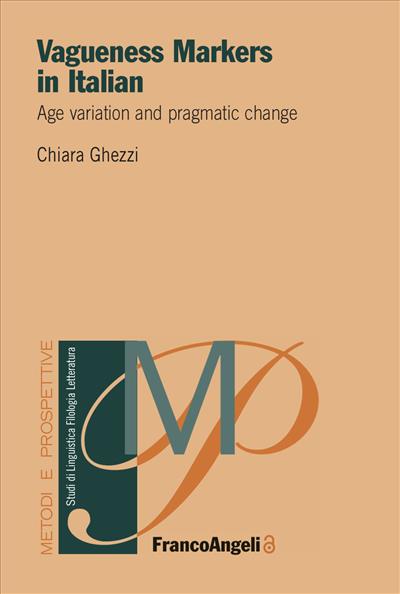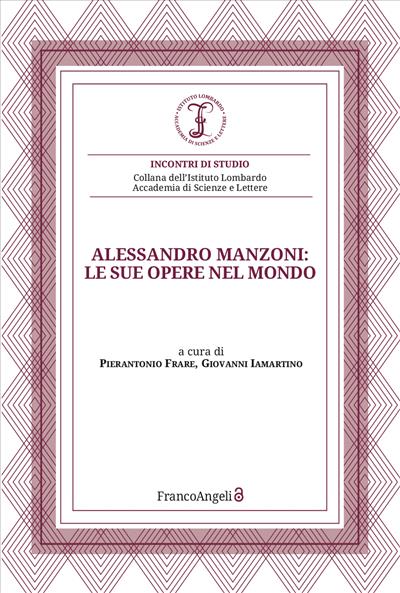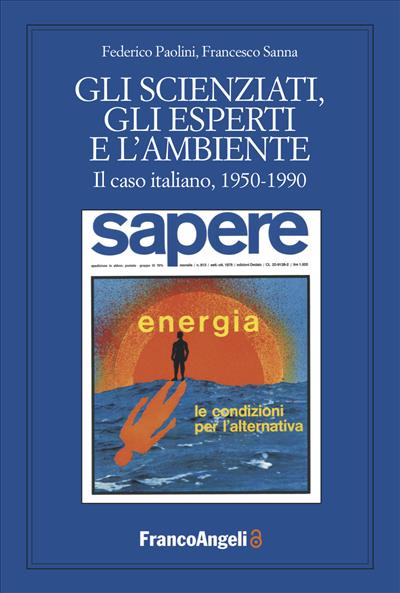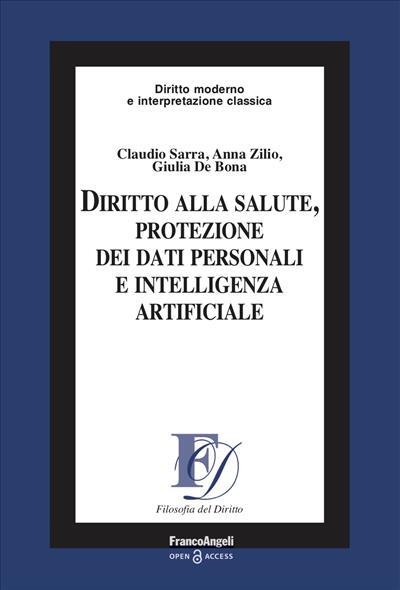
Vagueness Markers in Italian
Age variation and pragmatic change
Moving from a broad socio-pragmatic perspective, this study analyses how speakers of different ages use a class of items and constructions that codify intentional vagueness in Italian. Through a corpus-based analysis of listeners’ phone-ins to a radio station based in Milan, this study investigates how vagueness markers are used by speakers of different ages in 1976 and in 2010, and how Italian discourse styles have evolved in the last forty years.
Pages: 344
ISBN: 9788835150855
Edizione:1a edizione 2022
Publisher code: 11116.1




